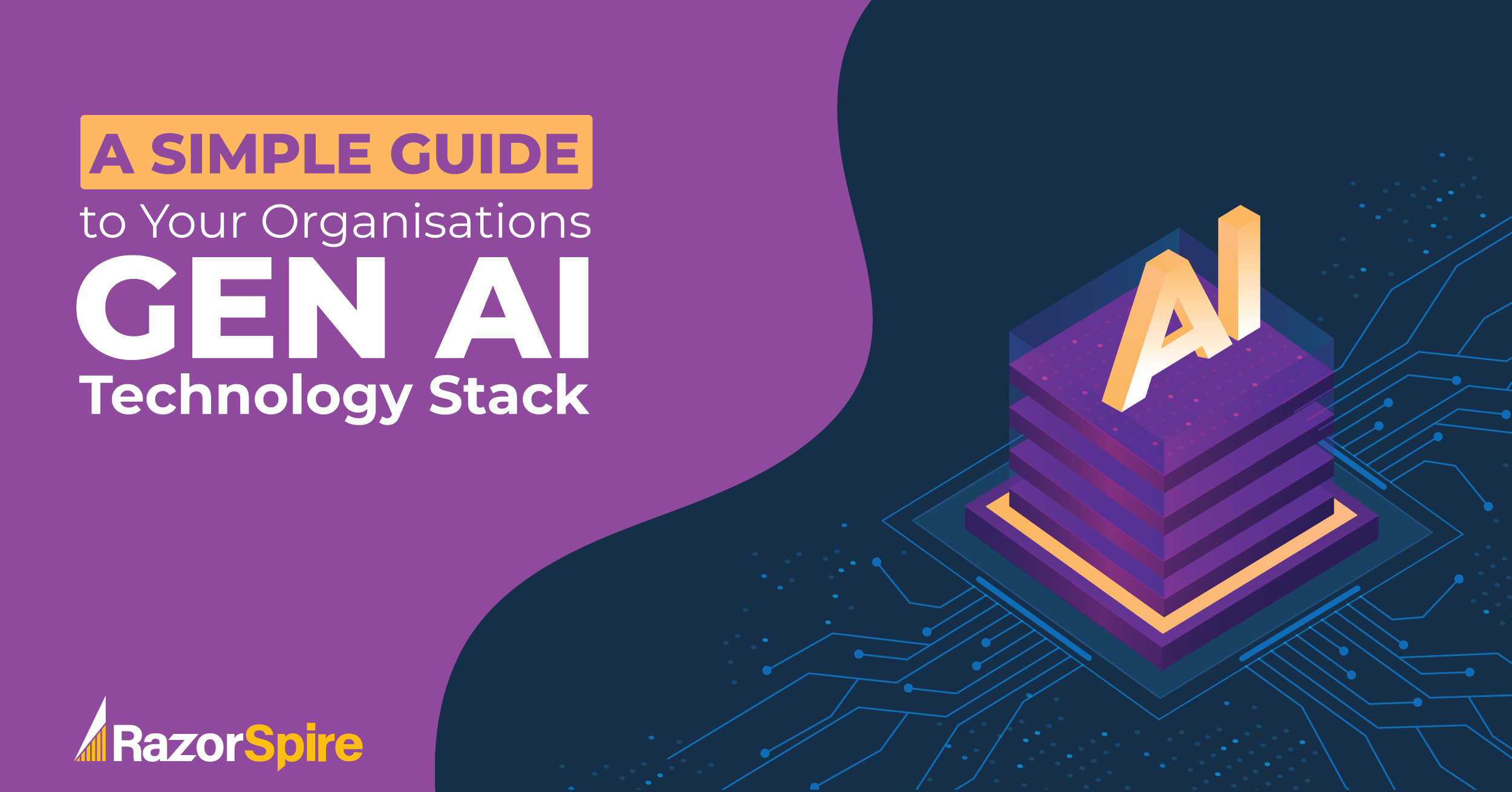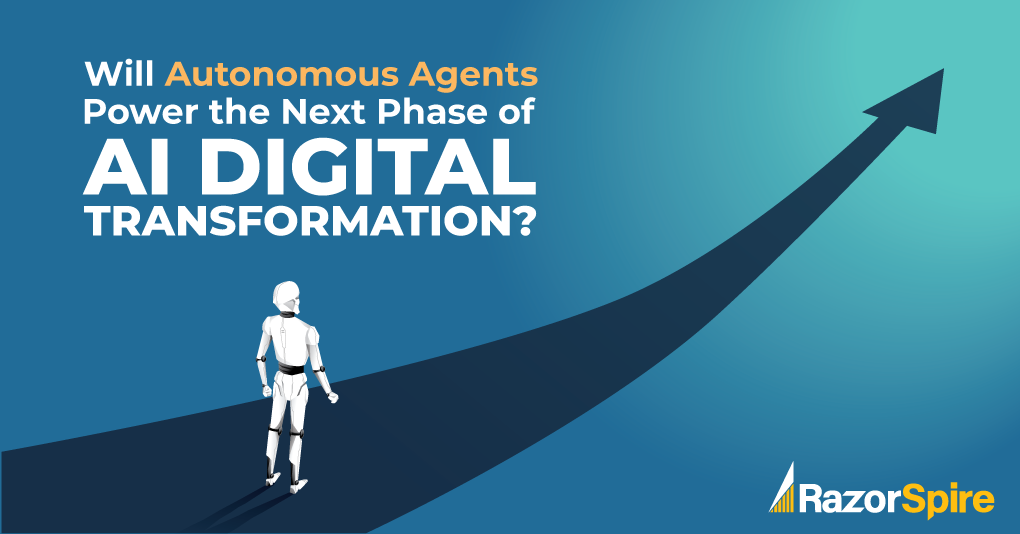
Imagine instead of using an AI tool to do a specific task you asked it to come up with the tasks for a specific job and then to complete all the tasks for that job.
Yes, we’re in the world of Autonomous Agents.
Note: No AI tool was used when creating this blog post so expect to see some grammar errors and casual language used!!!!
What is an Autonomous Agent?
When you are using an AI application you generally give it a task and then get the result.
For example, create 10 ways I can use social media to promote my company.
With autonomous agent you start with a broader objective. The Agent comes up with the tasks and then executes the task until the objective is complete.
One-third of interactions with GenAI services will use action models and autonomous agents for task completion by 2028
Gartner
Here’s a simple example of an autonomous agent (AgentGPT) completing a task which is just coming up with the weather in my home town for the next 3 days.

A more complicated example could be where you get an Agent to create social media content, post this content, analyze the results and then post adjusted content based on your social media goals that you specify.
Now, of course, you may want some touchpoints in their to monitor what it’s doing (i.e. you are the Manager) but it can save you lot of time.
So it’s about getting automating some of your work using AI agents.
What is the Difference Between an Agent and a Co-Pilot?
A Co-Pilot is an an AI supported tool that helps with your tasks. For example, if you’re using Microsoft Powerpoint you have a Co-Pilot assistant that can create images, content etc.
In the example below CoPilot interacts through Microsoft Graph to access the AI models. Microsoft Graph adjust requests and responses based on the knowledge of the organisation and individual.
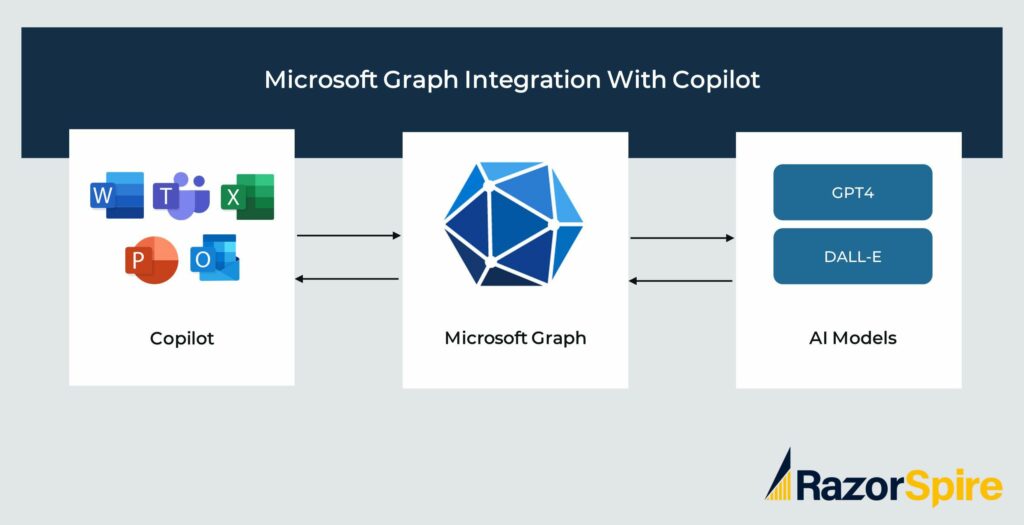
An autonomous agent is where the work is fully automated.
What are the Benefits to Autonomous Agents?
There are many benefits to this level of automation:
Save time – These agents can operate 24/7 and significantly reduce the need for human interaction. I say this as opposed to eliminating the need for human interaction because you don’t want it making all the decisions without some governance/oversight.
Less human error – This is particularly important for mundane tasks that you have to repeat over and over again. Eventually humans will make mistakes!
Continuous learning – It has both short term and long term memory so it learns over time. This is really important as it will get to know you and your business!
Improved Customer experience – I was looking to get a copy of a bill recently so I had to chat to an Agent who had to chat with their Accounts team, who sent the customer service team the bill and then on to me. I don’t need to chat to anyone with an Autonomous Agent in place so I can get what I want quicker and 24/7.
Scale Work Easily – You can instantly scale up to meet demands as opposed to hiring new resources which takes time and money!
What are the Components of an Autonomous Agent?
The following diagram outlines the main components of an autonomous agent.
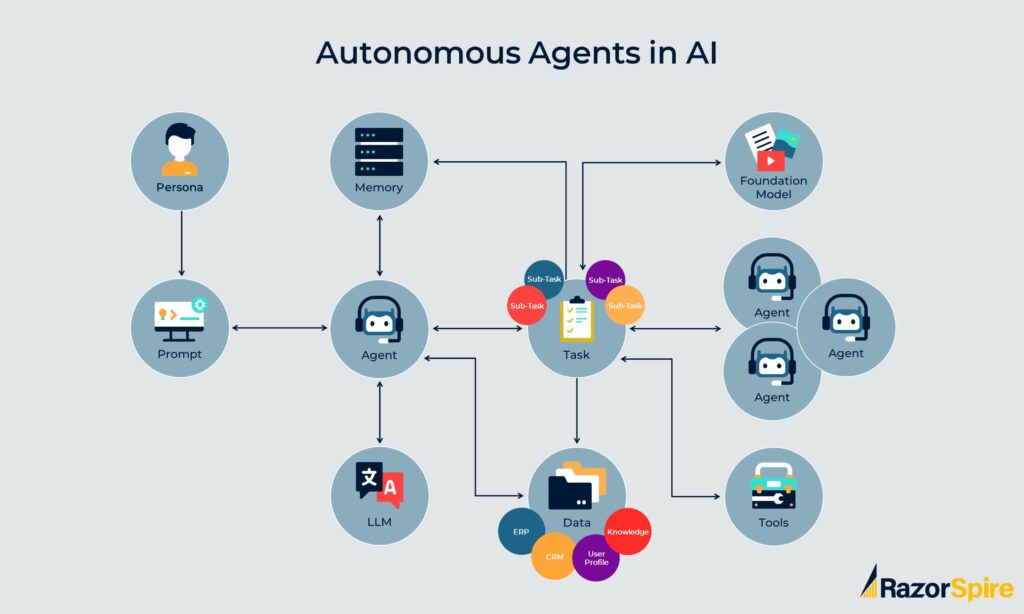
Prompt and Persona
When a user is building out a prompt to complete a set of tasks you want to make sure this is a good tailored response. This can be helped with:
Persona – You can build out different personas depending on the task. When you interact with language models it has no idea who you are but if you’re a expert Digital Marketer versus a complete novice you’ll want different answers. You can set up multiple personas and use whichever one is relevant to this prompt.
Instructions – You provide instructions which can be combined with a template with some pre-filled information. For example, if you have built out instructions that requires the Agent to integrate with analytics you’ll need to provide some information related to this.
The Agent & Other Agents
The Agent receives the prompt and creates a plan for all the tasks that need to be complete. At the core of this agent is a foundation model which can process and respond to all the natural language type of requests.
An Agent can call on other agents to do some of the work.
Memory
The Agent has short term and long term memory.
Short term memory could be used to store information about a task that is currently running. It’s only storing this until the task is complete.
Long term memory is what it stores so that it can reflect back on and learn from previous tasks complete.
Tools
The Agent doesn’t have all the functionality it requires. It requires on other agents, as mentioned earlier, and tools.
For example, through an API it can get access to Google Search or…
…it could integrate with analytics or…
It would access stand alone tools such as a calculator.
Knowledge
The knowledge component of an autonomous agent encompasses both the data stored explicitly within the agent and the mechanisms for using this data to make decisions, solve problems, and interact with the environment.
It does have access to a foundation model and access to various tools but it also has it’s own store of knowledge.
What Should We Be Concerned About in Relation to Autonomous Agents?
There are many concerns about using autonomous agent. Here are top ones:
Security Risks
They are susceptible to security threats including malicious attacks hacking etc.
Each Agent needs built in security to protect against this.
Ethical Concerns
Who is accountable for all the actions of an Autonomous Agent? You are but you may not keep track of all the actions!
For example, decisions made may not align with your company ethics but you are responsible for this.
Data Privacy Issues
A lot of personal data could be stored in long term memory to aid this completing the actions. There’s concern over how this data is stored and managed.
What are the Practical Uses of an Autonomous Agent?
Here are 2 tools built based on an autonomous agent technology.
ADA – Conversational Online Chat
Using autonomous agents to interact with customers online will lead to huge costing savings to a business.
Customer chat has evolved as below:
- Level 1 No automation – The customer service agent is available to answer any questions initiated through the chat.
- Level 2 scripted – This is when we used tools such as Manychat to build out scripts that answered the most popular questions. This was useful to a point but too often you’d ask a question that would not be covered by the script.
- Level 3 AI supported – This is the new breed of AI tools that can get access to all your content (e.g. website, documents etc) and answer a much wider variety of questions based on this.
- Level 4 Autonomous – This is the AI supported tool on steroids. It has all the capability of the AI support tool but integrates with a variety of tools and learns from interactions over time.
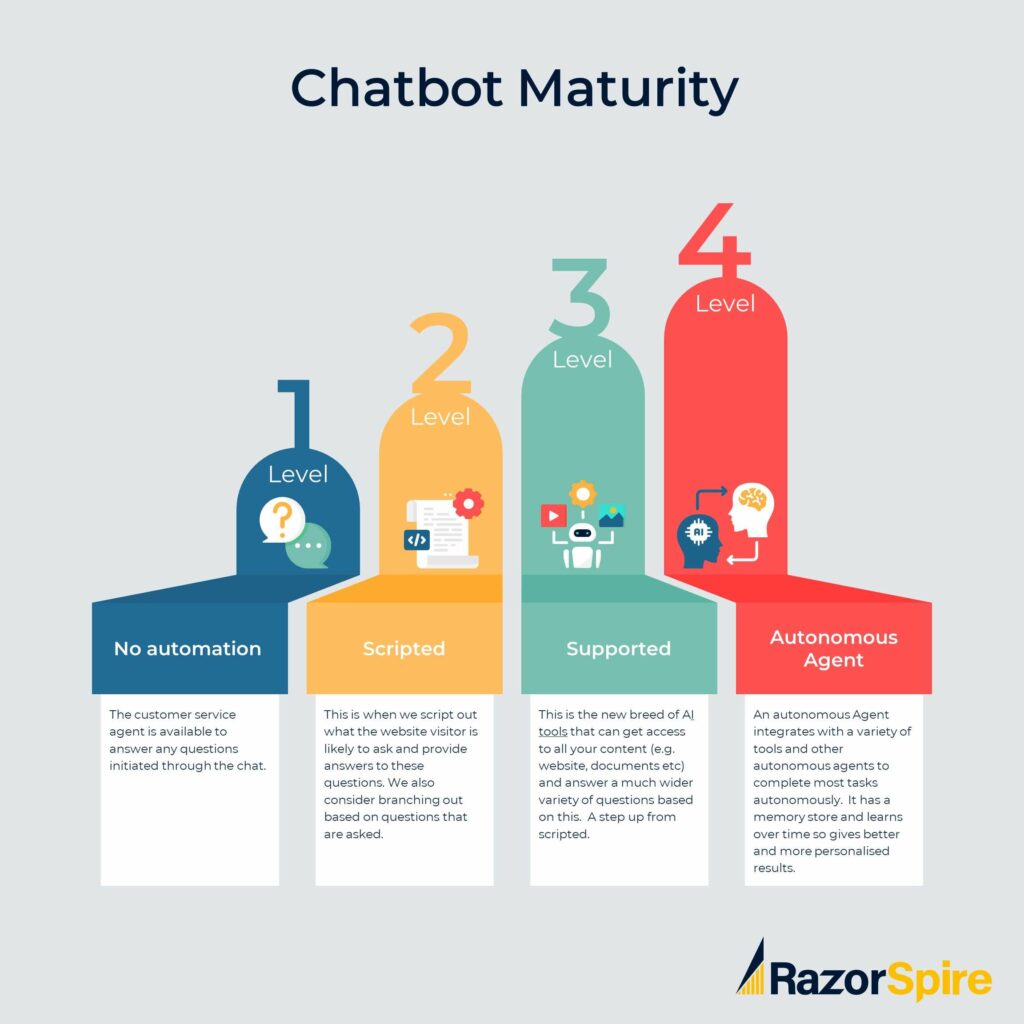
An example of an AI chatbot agent is ADA
This tool draws on existing knowledge sources and data from third party tools to help answer questions. It also stores information on previous interactions and learns from these interactions to ensure it provides a very personalised response at scale.
It also creates a series of tasks based on requests as required e.g.
- Find a replacement product id
- Create a return label
- Ship a replacement item
Here’s an example of an interaction with ADA:
A customer interacts with a ADA and asks for the latest invoice and an estimate of the billing for the next 6 months.
ADA creates the task list and then gets working.
It draws on existing knowledge sources, data from third-party tools, considers past actions and the context of conversations to determine how to best resolve an issue with a personalised response.
It will go through the tasks until completion interacting with the person as required.
ADA claims that it will be able to answer 70% of all issues without a client facing person involved.
Rabbit – Your Personal Assistant
CES is the biggest annual tech event in the world and this year there was a lot of excitement about the launch of Rabbit R1 which is a device that could become as important as your phone!

Put in simple terms…. Rabbit R1 automates general day tasks you want done.
But lets be honest….it’s not quite there yet. When it’s fully implemented you should be able to send this request to it:
Find me a hotel for my family from the 13th to 15th of July in London and prepare for me an itinerary for these days based around tourism activities during the day and meals at night.
It goes off and creates a task list and then executes on these tasks.
So How Does it Work?
Rabbit R1 will create a series of tasks and then go about completing them.
From the desktop version of Rabbit you’ll have logged in to various apps already (e.g. Trip Advisor, Booking.com etc).
Rabbit is able to browse the web but also interact with applications that you have logged in to. So it’s basically simulating the actions you would normally take.
In the first release you can
- Book a taxi
- Order food
- Analyse things with computer vision
- Complete tasks done typically with GenAI
- Translation
- Play Music
At $199 it’s quite an appealing price especially as they roll our new features.
It’s not quite there yet but it’s a glimpse of what is to come!
What’s next for Autonomous Agents
The foundation is there for building autonomous agents.
The next phase is the release or a large stream of applications that will take advantage of this functionality.
This is where many existing jobs will disappear because of this but new ones will appear!

